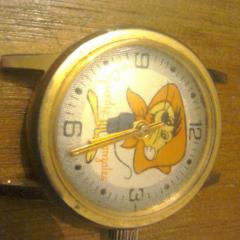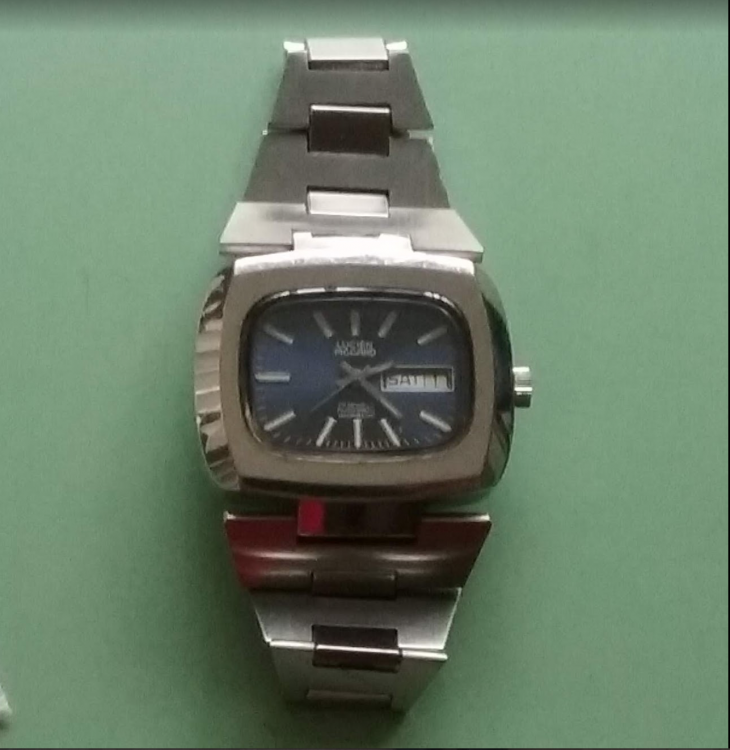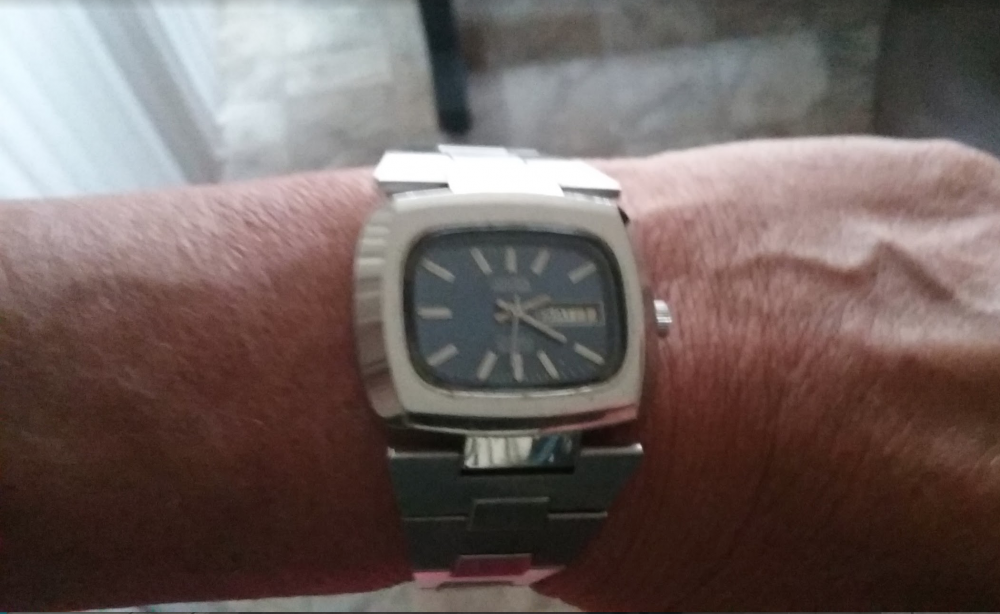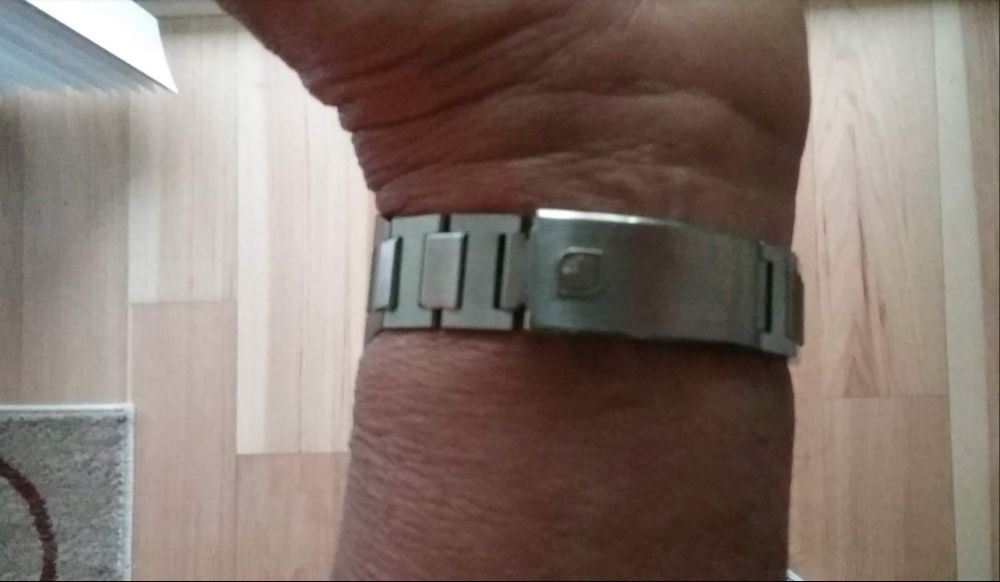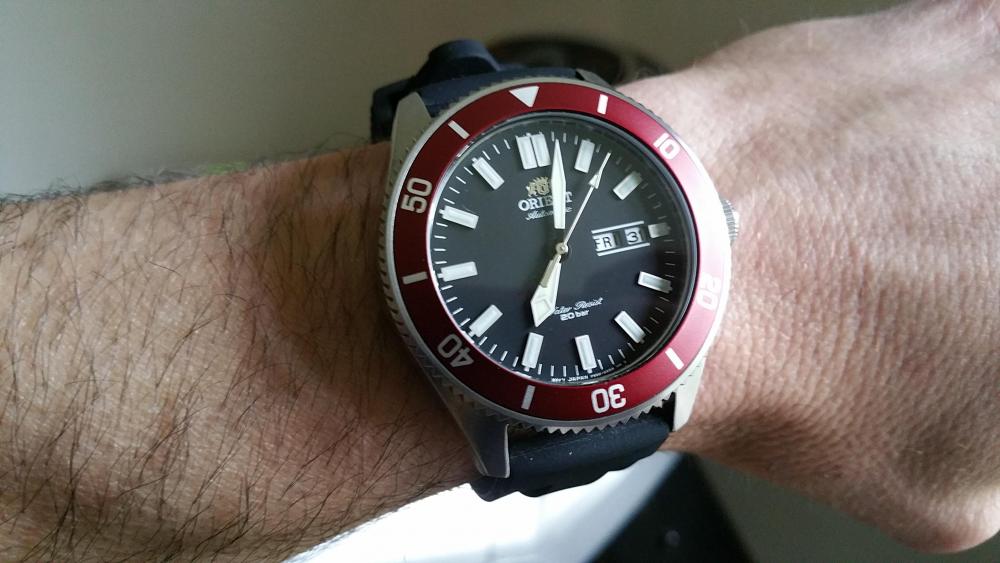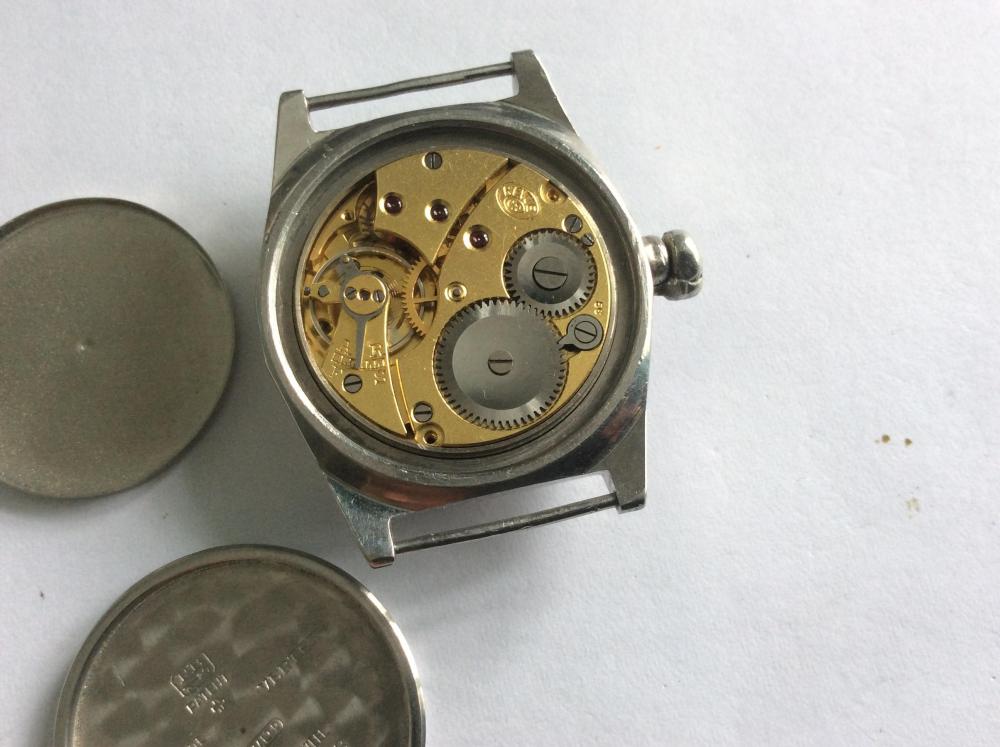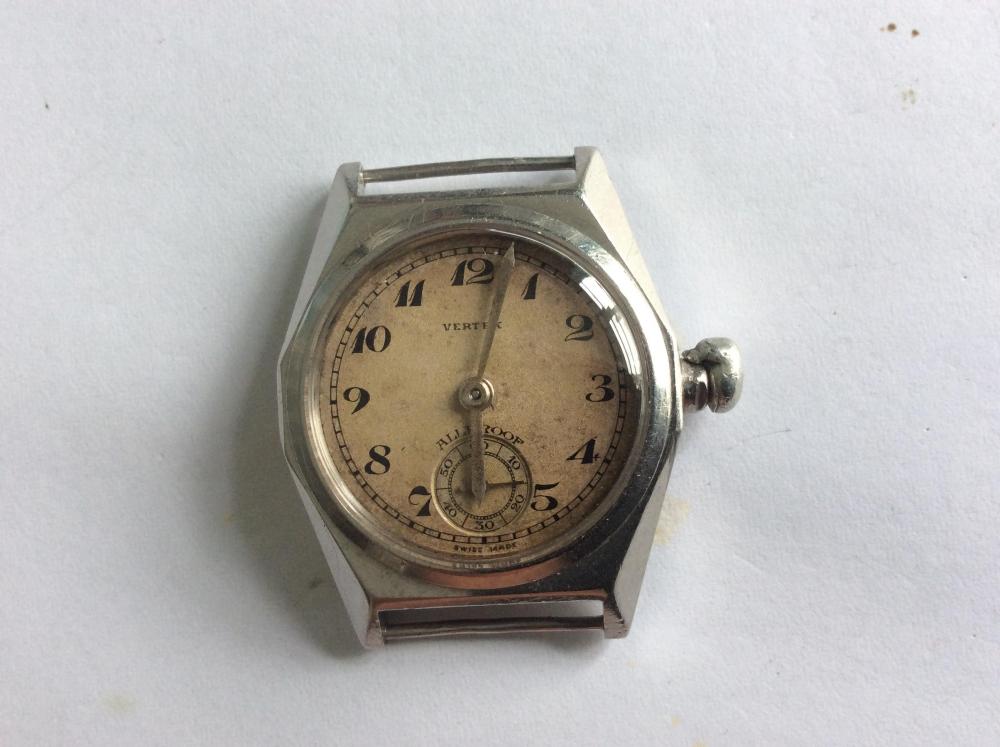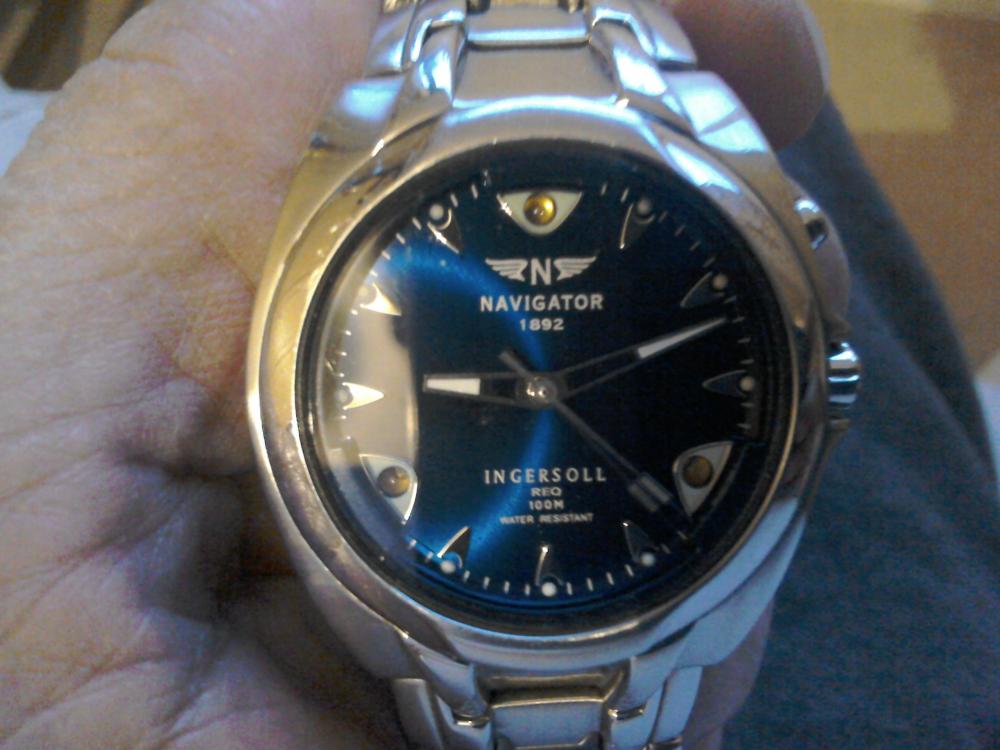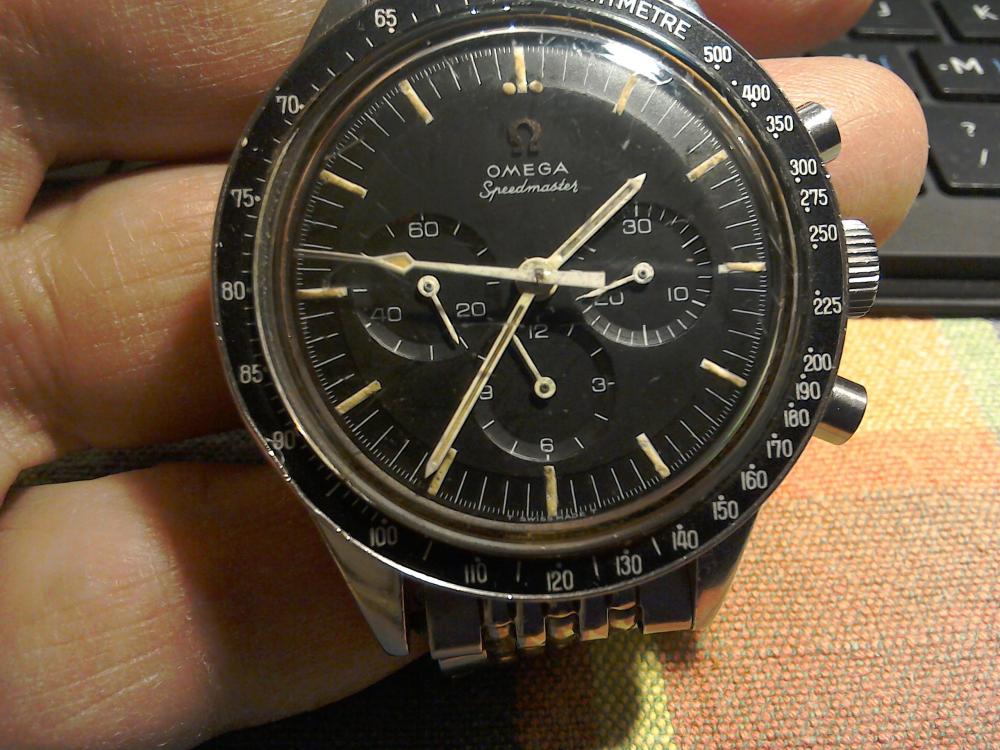Leaderboard
Popular Content
Showing content with the highest reputation on 06/01/19 in all areas
-
2 points
-
They don’t come much better than this. It is superb in every way. You will not find cases like this. I used Google to translate all the French. https://www.ebay.co.uk/itm/french-carriage-clock-quarter-hour-repeater-1840/323822002371?hash=item4b654ba0c3:g:hzsAAOSwoahcxC2m Pendulette called monocase gilded bronze with a small ring (quarter of repetition + silence) dating from 1835 to 1840, it bears the production number 17 stamped on all important parts that compose it. It is certainly a very small production. It has its original wooden box covered with brown leather with gold edges embossed on all angles, the key (not original) is in a compartment at the bottom of the box. there is a hinge that has been restored (brass screw on the lid at the back) this clock has its original tailgate anchor whose plate, anchor bridges and escape wheel are covered with a mercury gilding (also of origin). The rear door is made of beveled glass pressed into a bronze element by force, all slides in the rear pillars of the cage and is pulled out from above. The pendulum can be silenced with the key thanks to the square steel located in the right corner at the back, following the engraved indications. the hours and the quarter of hours are done on two brass (brass) stamps superimposed. The bell works by giving the necessary time to spend a stamp and a quarter of an hour devoted to the two stamps. The hour and quarter hour repetition is done by pressing the button above the clock. The functioning of this clock is guaranteed (restored in the workshop www.horloger-chastant.fr) but it remains a very old object of collection and which can sometimes make oddities of operation on the ringtone, to think about it before committing itself purchase. . The movement (ringing and walking time) works for 8 days, so it must be reassembled every week. the key allows the winding of the alarm clock and the setting of the trigger time, to put the pendulum in silent mode, by setting the time. All work done on this clock are made in compliance with the ethical rules of restoration of watchmaking objects (www.horloger-chastant.fr) that is to say without modification or embellishment of the timepiece and using for the lubrication of oils and mineral synthetic fats or high-end (Moebius ...) By buying a restored clock, the investment is heavier at first but wins later, because a chronometer bought in the state without restoration will stop in a short time (before 6 months / 1 year of maximum operation), which will quickly involve a visit to the watchmaker; moreover the oxidation often present, not always visible will continue to increase, the corrosion due to the old oils on the points of pivot of the gears will continue its work of wear (on the pivots of the gears in particular). PRECAUTIONS AND TIPS: it is desirable to manipulate the pendulum with cotton gloves to prevent the oxidation of the hair by sweaty fingers (if the fingerprints it is necessary immediately without waiting to pass a soft cloth without product), respect the direction arrows to set the time and the alarm clock). It should not be exposed near a heat source (working chimney, radiators, halogen spots, sunlight).2 points
-
2 points
-
I didn't get a chance to look at the HMTs, I mentioned previously, but I did take a quick look at another one of the "bonus" quartz watches I have acquired along with a more interesting mechanical or two, in a job lot. This Accurist Quartz had thumbprints on the inside of the glass when it arrived. The reason was pretty simple. The glass wasn't actually bonded to the watch, and would fall out without any real effort. A little careful application of a suitable adhesive (no, not superglue, cynoacrylate is a nightmare on glass), a battery and a little scrub and polish and it looks quite presentable.1 point
-
Eventually, after a few interruptions I am making some progress. It’s a bit of an ugly duckling but at least it’s going. Thanks to @HSL for donating a replacement movement. I swapped the balance wheel from mine onto the balance cock so it all matches up. It seemed ok but I have a feeling it is gaining time. I have not had it running for long so I’ll have to keep an eye on it. Not sure what to do with the hands, they are just bare metal finish apparently. I was wondering if I could “blue” them. I remember using some stuff years ago on an old air rifle barrel but I can’t remember what it was. I still need another crown, finding something to fit the 4mm tube doesn’t seem straightforward.1 point
-
1 point
-
Given that Cheltenham has a Cheltenham Literature Festival, the Cheltenham Jazz Festival, the Cheltenham Science Festival, the Cheltenham Music Festival, the Cheltenham Cricket Festival, and the Cheltenham Food & Drink Festival, perhaps it is time they started a Cheltenhem Horology festival, and producing their own Cheltenham watches would be a logical extension to that.1 point
-
1 point
-
Hi Bryan and welcome to the happy factory. Loads of really knowledgeable people on this forum who are happy to help. (I am sadly not one of them) But everytime that I read this forum I learn something new. Best wishes Johnnie1 point
-
Welcome Bryan to the forum Like you I view all clocks and watches the same way as interesting things to look at and take to bits and enjoy working on them1 point
-
1. NO. You need to brush all the spokes and leaves of the train wheels. Peg the jewel holes not just rub them if thats what you are doing. Use rodico after the ultrasonic to sop up any residue. 2 + 3. Yes way better results using LR or Zenith ultrasonic cleaning products, No residue ( rinse is needed), makes the movement shine like new. It can be filtered and reused. It will cost a $100 total for a gallon of the cleaner and rinse and will last you at least a year depending on how often you service movements. Esp since they come in bottles that wont let the solution go bad. if you dont want to spend the money start using Ronsonol Lighter fluid. but use rodico on everything after the cleaning. Your Machine is fine, i know a lot of pros that do everything manually by hand. the old fashioned way with no cleaning machines.1 point
-
Apologies again, but here's my second intrusion. This particular "Aviation" brand was made by Louis Newmark's eponymous company based in Croydon, England. The typeface used for "Made in England" is the clue. Initially, they used ebauches from the likes of EB and Baumgartner whilst tooling-up to make their own in-house movements which they then identified by size only. The one driving @deggsie's "Aviation" is the Newmark 13''' and dates from around the mid-50s. They reverted to using bought-in movements after only a few years. A Flume catalogue from 1962 mentions four distinct Newmark calibres and whilst I have several examples of the 13''' and the 10.5''', I've never encountered the other two (an 8 x 11''' and a 12''') and rather doubt that they were ever put into production. Regards.1 point
-
Have you checked out pinned topic in the dedicated tools section? Actually I'd suggest our friendly mods to merge your question in there.1 point
-
Timex gives way to another HMT. This time the more seventies styled Chetham. I'm going to take a look at a few more HMTs that are awaiting my attention, probably over the weekend. I'll keep you all posted. I also picked up a little light bedtime reading. I was sure I already had a copy of this, but it must have been left behind in the mists of time.1 point
-
Just moved house which has meant a workshop/studio rebuild It's coming together but a lot to do still... will get back to videos real soon Sent from my SM-G950F using Tapatalk1 point
-
1 point
-
1 point
-
For what its worth. I think this thread is a little confusing. It is confusing new members.1 point
-
Try here; http://www.timezonewatchschool.com/WatchSchool/Glossary/glossary.shtml or for a downloadable .pdf version; http://people.timezone.com/mdisher/WatchSchool/pdfs/TZIllustratedGlossary.pdf1 point



